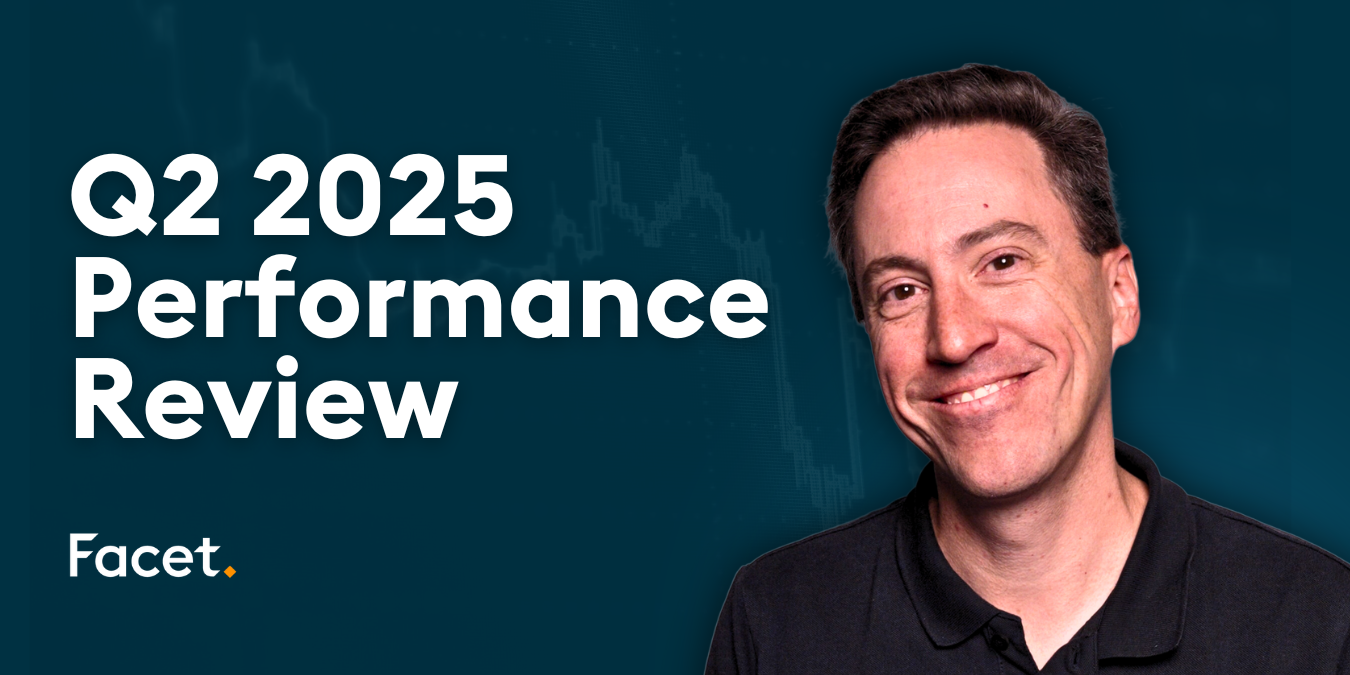
The information provided is based on the published date.
Key takeaways
- 529 college savings plans offer tax advantages and potential returns to ease the burden of student loan debt
- Only 33% of families used a college savings program in 2022
- When selecting a 529 plan, consider where you live, your risk tolerance, and time horizon
- 49 states and DC sponsor a 529 plan
- Investment options and tax benefits vary by plan and state
- Prepaid tuition plans lock in today's rates while education savings plans offer future potential gains
Are you worried about how you will fund your child’s college education? You’re not alone.
According to a national survey from Discover® Student Loans, 70% of parents with college-bound children are concerned they won’t be able to cover the cost of their child’s education.
529 college savings plans are one way that families save for college costs. These college savings plans are enticing because of their tax advantages, potential returns, and ability to ease the burden of student loan debt.
However, deciding which state’s plan is the best for your situation can be confusing. Perhaps this is why only 33% of families used a college savings program to cover their qualified education expenses in 2022.
When selecting a 529 college savings plan, it is important to consider your circumstances, including where you live, your risk tolerance, and your time horizon.
Considering these factors will help you make a more informed choice that aligns with your financial priorities. Ultimately, your objective is to select a 529 plan that optimizes your college funds the most.
Here’s everything you need to consider when choosing a 529 plan.
What to look for when deciding between 529 plans
Fort-nine states and the District of Columbia sponsor a 529 plan. Wyoming is the only state that does not offer a plan.
The good news is you can choose from most states’ plans, not just the ones in your state. But while the power of choice is a valuable thing to have, it makes selecting the right plan a bit tricky.
Here are the most important things to consider when deciding between plans.
Fees
All 529 plans charge fees, but they vary from state to state. Here are the most common fees to know.
- Enrollment/annual maintenance fees: Low annual charge for setting up and retaining the account. Typically less than $50/each.
- Expense ratios: The percentage of your funds that pays for the cost of owning the plan’s underlying assets. Plans opened with financial advisors or brokerages (advisor-sold plans) are typically more expensive than those opened directly (direct-sold plans).
- Sales loads: Plans opened through brokers may charge a commission on a percentage of your investment. Direct-sold 529s do not charge sales loads.
Learn more about sales loads here.
Investment options
The range of investments available is another key component to consider when selecting a 529 plan. While some offer only a handful of options, others may offer dozens of mutual funds and ETFs.
In general, it’s best to select a plan with more investment options to ensure greater flexibility in managing your college savings portfolio. Also, consider each fund’s performance over time and compare against other plans.
Tax benefit(s)
The tax treatment for 529 plans is similar to that of a Roth IRA. Your after-tax contributions enjoy tax-free growth, which can go toward qualified educational expenses (also tax-free).
In addition, many states offer tax credits or deductions on contributions to their plans. This means that if your own state’s plan offers additional tax benefits, this could further increase your savings potential.
529 tax treatment by state
State tax deductions vary by state, so it’s important to learn what, if any, tax breaks yours offers.
The table below shows the nine states that provide a tax break for contributions made to any state’s 529 plan. Also shown are nine non-income tax states that do not offer a tax break and four that levy a state income tax but do not offer a state tax deduction.

Prepaid tuition plan vs. education savings plan
529 plans are either a prepaid tuition plan or an education savings plan.
Prepaid tuition plans allow you to lock in today's tuition rates and pay for future college expenses.
Education savings plans are more like traditional investments, allowing you to invest your money in mutual funds and ETFs so that it can grow over time.
Prepaid tuition plans offer a fixed rate of return, which is typically lower than the potential gains that can be made from an education savings plan.
Tips for managing a 529 plan
529 plans are long-term investments, so it's important to manage your plan in the most effective way possible.
Here are some tips to help you make the most of your college savings:
- Focus on low-cost investment options: Invest in low-cost index funds or ETFs with low expense ratios.
- Rebalance regularly: Make sure your portfolio is properly diversified so your risk is spread evenly across your plan's investment options.
- Don't invest too conservatively: While it's important to be cautious, investing too conservatively can put your college savings at risk of not keeping up with inflation.
- Consider using automatic contribution plans: Setting up an automatic contribution plan is a great way to ensure you consistently contribute to your 529 plan.
- Read up on changing tax laws: Tax treatment of 529s changes frequently, so it's important to stay informed of any changes in tax laws that could affect your plan.
Final word
Choosing the right 529 plan can seem daunting at first. But with the proper research and diligence, selecting a plan that fits your needs and maximizes your college savings doesn't have to be a complicated process.
With a little bit of effort, you can help ensure that your hard-earned money is put to the best use possible when it comes time to pay for college.
Schedule a call with Facet's team of experts today for help navigating your college expenses as part of your overall financial plan.
Facet
Facet Wealth, Inc. (“Facet”) is an SEC registered investment adviser headquartered in Baltimore, Maryland. This is not an offer to sell securities or the solicitation of an offer to purchase securities. This is not investment, financial, legal, or tax advice. Past performance is not a guarantee of future performance.


